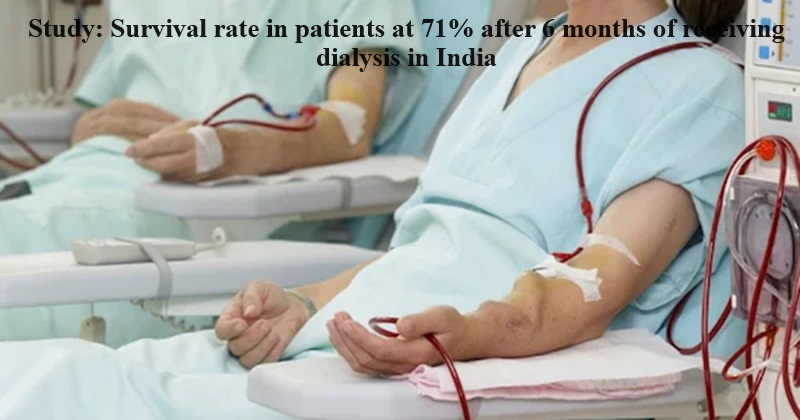
A recent investigation, detailed in The Lancet Regional Health, Southeast Asia, has provided insights into mortality rates among chronic kidney disease patients undergoing dialysis in India.
This study, the largest of its kind in the country, delved into dialysis outcomes by analyzing data from 23,601 patients. It revealed a 71 percent survival rate six months into dialysis treatment.
Interestingly, survival rates varied significantly across different centers, ranging from 55 percent to 100 percent. However, after adjusting for both center and patient characteristics, this range narrowed to between 83 percent and 97 percent.
Comparisons with high-income countries underscored a stark contrast, with nearly three in ten patients succumbing within a year of initiating dialysis—a mortality rate twice as high as that observed in affluent nations, as highlighted in reports citing the study.
In this nationwide evaluation encompassing 193 private dialysis facilities, it was observed that six-month survival rates fluctuated between 83 percent and 97 percent. Notably, rural clinics exhibited a mortality rate approximately 32 percent higher than their urban counterparts.
Dr. Vivekanand Jha, the executive director at The George Institute for Global Health in New Delhi and a co-author of the study, remarked, “Access to dialysis has unquestionably expanded in India, but there is currently no national standard for dialysis survival.” He emphasized the necessity for further research to identify patients at greater risk of adverse outcomes.
Analysis of the extensive patient dataset disclosed lower mortality rates among individuals with higher levels of education and household incomes. Additionally, patients receiving free dialysis exhibited better survival rates compared to those who had to bear the financial burden themselves.

Post Your Comments